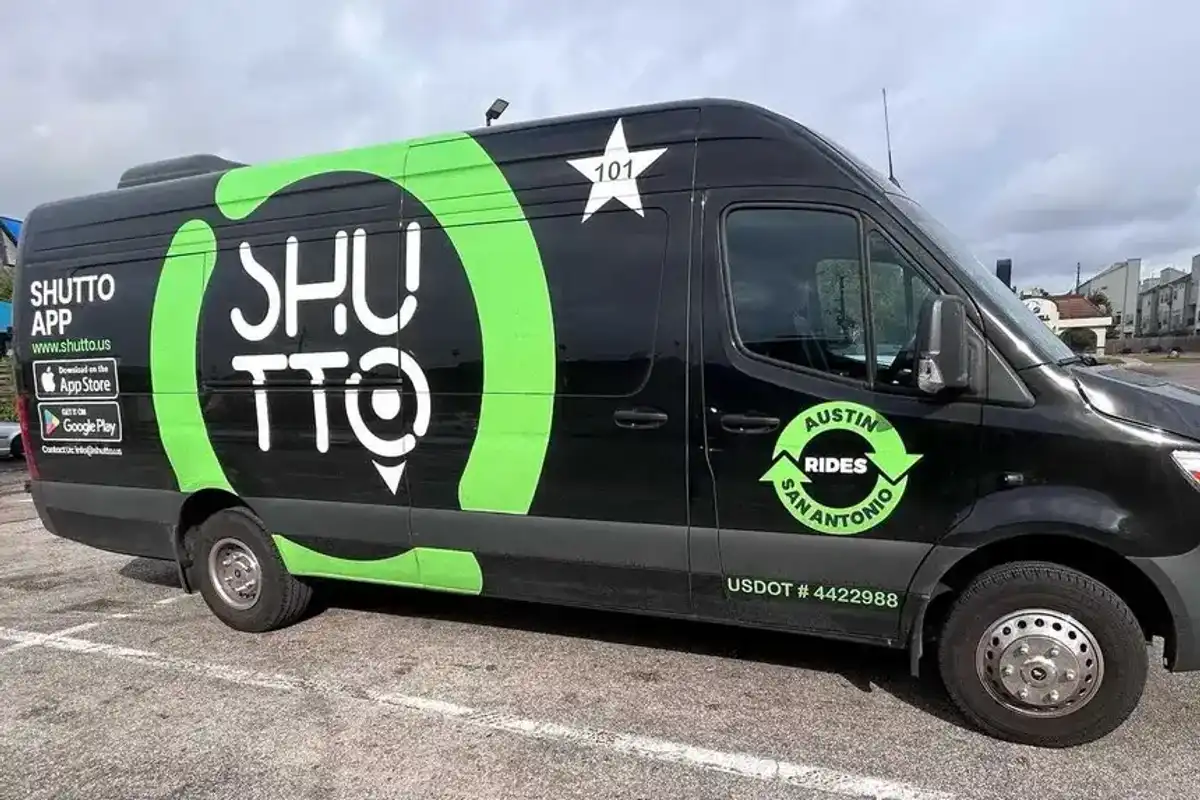Affluent Houston enclave is the richest small town in Texas for 2024
elite address
An upscale Houston community is home to the richest residents in Texas: Bunker Hill Village, a historically affluent Memorial neighborhood, was crowned the richest small town in Texas in a 2024 report.
The analysis, by loan provider TitleMax, determined the richest small towns in all 50 states using median household income data from the U.S. Census Bureau. In Bunker Hill Village, the median household income is about $250,000, the report says.
In addition to being the wealthiest town in the Lone Star State, Bunker Hill Village ranked as the No. 8 wealthiest small town in America.
Of course, "small town" is a bit of a misnomer for Bunker Hill Village. Situated 13 miles west of downtown Houston, Bunker Hill joins five other communities – Hunters Creek, HiIlshire, Hedwig, Piney Point, and Spring Valley – to make up Houston's iconic Memorial Villages. In 2023, Bunker Hill was ranked the third-most expensive Houston neighborhood, with homes on the market for upwards of $2.7 million.
Notably, the area is home to Houston's only Frank Lloyd Wright-designed house.
"We are very proud of our quiet, wooded environment, and as a community, we work hard to preserve it for future generations," the city's website says.
The study found that more than half (56.5 percent) of the 1,250-home community make over $200,000 a year, while the enclave's median household income amounts to $247,188.
To put that into perspective, TitleMax revealed that the national median household income is $67,521. The Census Bureau's 2023 American Community Survey estimates the median income of a household in Texas came out to $75,780 in 2023.
Bunker Hill joins the likes of Houston's Bellaire and West University Place as some of the most affluent suburbs in America.
The San Jose, California suburb of Monte Sereno took the No. 1 spot in the ranking for the wealthiest small town in America. Monte Sereno's median household income is more than $250,000, according to the report.
"While many people consider cities to be the epicenters of the rich, many retreat to small towns that offer safety, beauty, and privacy," the report's author wrote.
These are the top 10 wealthiest small towns in America, with their median household incomes:
- No. 1 – Monte Sereno, California ($250,000-plus)
- No. 2 – Cherry Hills Village, Colorado ($250,000-plus)
- No. 3 – Mission Hills, Kansas ($250,000-plus)
- No. 4 – Short Hills, New Jersey ($250,000-plus)
- No. 5 – Scarsdale, New York ($250,000-plus)
- No. 6 – Belle Meade, Tennessee ($250,000-plus)
- No. 7 – Glencoe, Illinois ($248,851)
- No. 8 – Bunker Hill Village, Texas ($247,188)
- No. 9 – Clyde Hill, Washington ($238,958)
- No. 10 – Chevy Chase Village, Maryland ($238,333)
------
This article originally ran on CultureMap.






